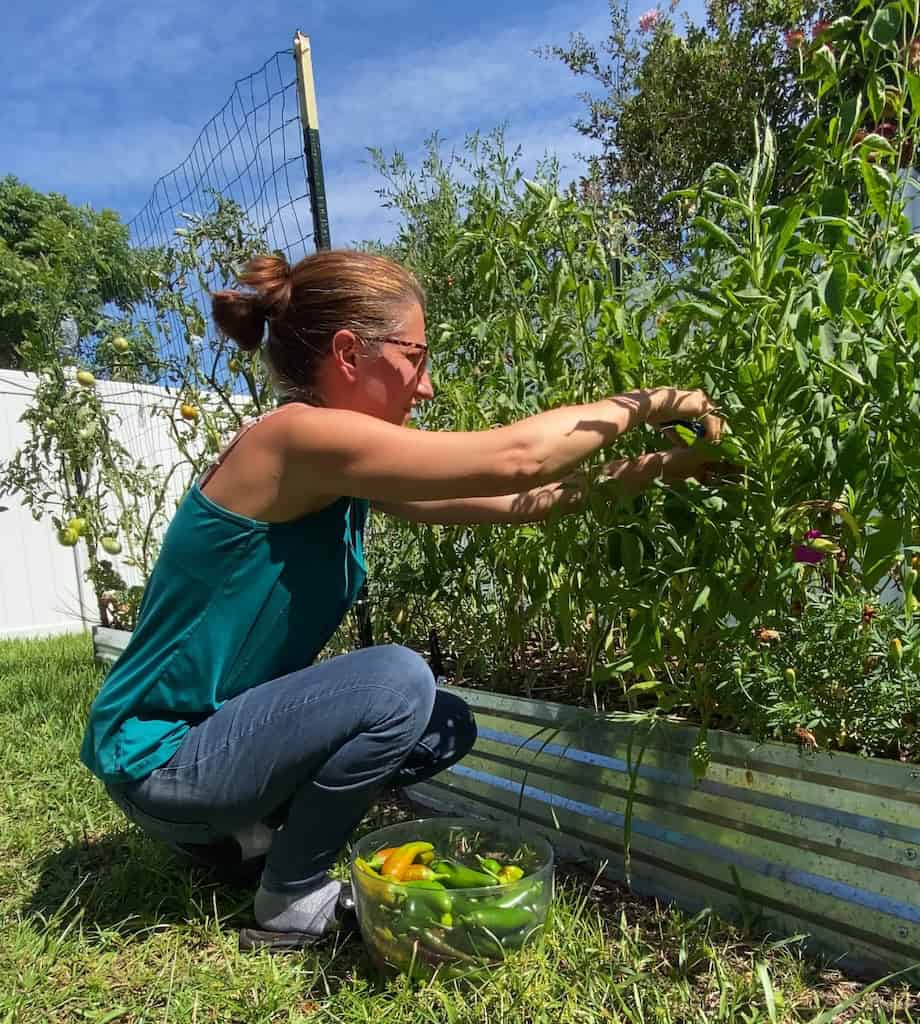Last Updated on October 3, 2024 by Homegrown Florida
We’re diving into the wonderful world of broccoli. I’ll be sharing the step-by-step process of growing broccoli, including key tips on cultivation and harvesting. Whether you’re a seasoned gardener or a beginner, let’s get started on cultivating your own broccoli garden.
Starting Broccoli from Seeds:
I always start my broccoli from seeds, finding it to be a straightforward process. While direct seeding is possible, I recommend starting them in trays for optimal success. Broccoli can be a bit of a diva in its early stages, especially when young, so trays provide a controlled environment. You don’t need fancy equipment; an egg carton or simple pots work just fine. I’ve even started some in my AeroGarden with excellent results. The goal is to have them ready for transplanting once they’ve developed two seed leaves and two true leaves.
Understanding Broccoli Varieties:
Broccoli comes in different types, with heading broccoli and sprouting broccoli being the main varieties. Heading broccoli forms a large central head, while sprouting broccoli, which resembles broccolini, produces smaller, tender heads. Considering your garden space and preferences, choose the variety that suits you best. Remember, the real harvest often comes from the side shoots that develop after the main head is harvested.
Choosing Heat-Tolerant Varieties:
Since broccoli is a cool-weather crop, selecting the right variety is crucial, especially if you’re in a warmer climate like Florida. Look for heat-tolerant and bolt-resistant varieties, focusing on those originating from Eastern Asian or Central and South American countries. Exotic varieties, like the Brazilian ‘Piracicaba’ and others, have proven successful in warm climates.

Transplanting and Growth:
After your seeds have sprouted in trays, transplant them to your garden when they’ve grown two seed leaves and two true leaves. Broccoli takes a while to grow, appearing small for an extended period before suddenly thriving. Keep in mind that the real harvest lies in the side shoots, not just the central head. As the central head develops, it’s essential to monitor for signs of bolting, which may cause the broccoli to flower prematurely.
Feeding and Watering:
Broccoli plants generally appreciate nitrogen-rich soil. I fertilized my garden with blood meal at the beginning of the season, providing ample nutrients. As for watering, aim for about an inch of water per week. Adjust according to your soil’s water retention and environmental conditions. Mulching can also help maintain moisture levels.
Dealing with Pests:
Broccoli is relatively resistant to pests, but early stages may attract slugs and cutworms. Pick them off at night or use recycled toilet paper rolls as protective barriers around your seedlings. These barriers deter cutworms and make for an eco-friendly solution.
Harvesting Broccoli:
Once your broccoli head is firm and tight, it’s ready for harvest. Look for the yellowing and loosening of the florets, indicating maturity. Harvest by cutting the stem a few inches below the head. Don’t stop at the main head; side shoots and leaves are also edible and nutritious. Even the stem can be transformed into delicious slices, perfect for roasting.

There you have it – the complete guide on how to grow broccoli in your garden. I’m excited to prepare this harvest for dinner tonight, and I hope you’ll enjoy cultivating your own nutritious and delicious broccoli. Happy gardening!



